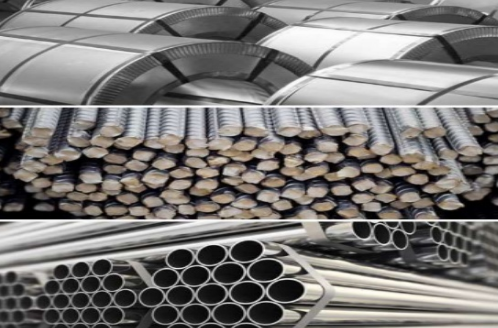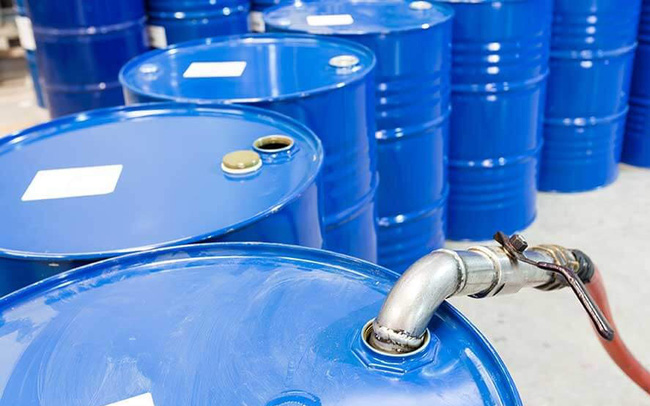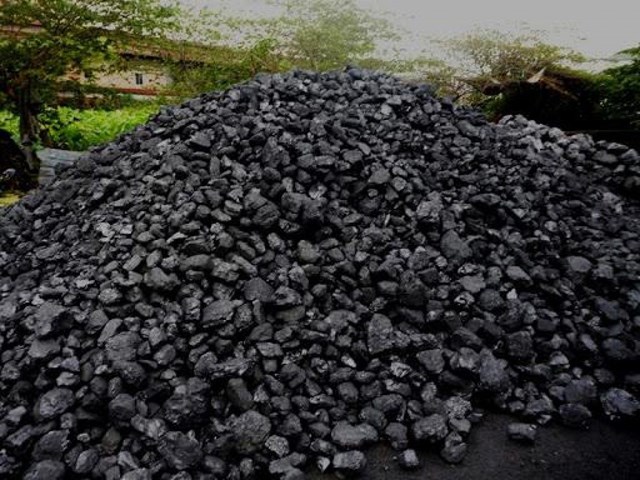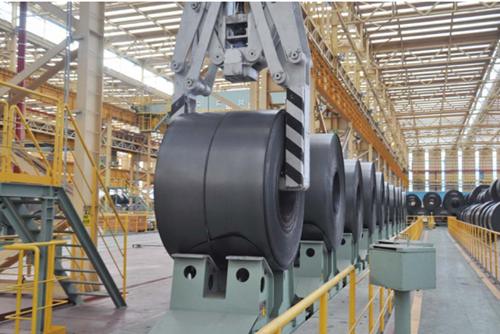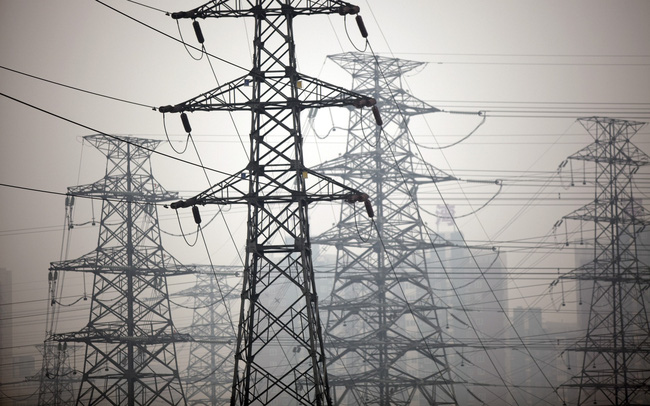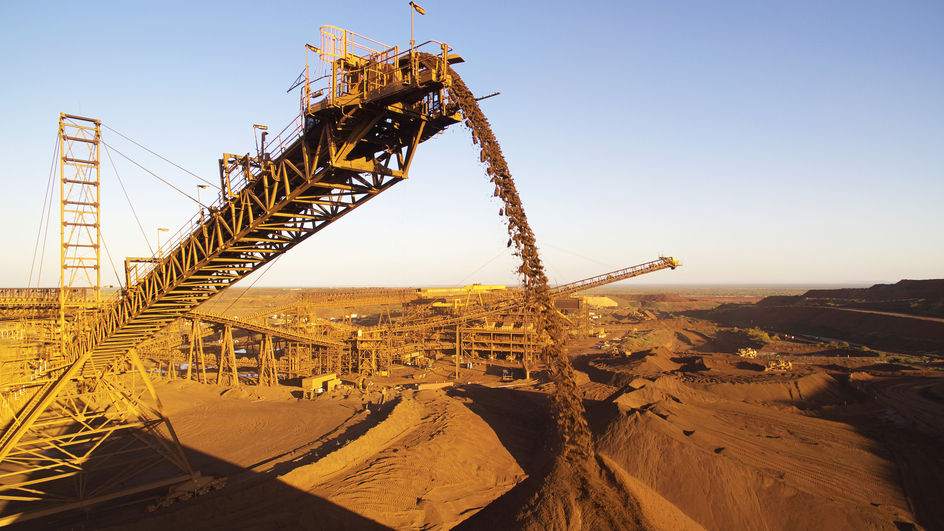
In the context of difficult transportation, ports in many countries are constantly facing unprecedented pressure to disrupt supply chains. But even if the supply chain is resumed, will businesses be able to recover?
Young intellectuals had a conversation with Mr. Julien Brun, General Director of Southeast Asia Supply Management Consulting Company CEL Consulting, about this issue. Mr. Julien is a French expert with more than 15 years of experience in logistics in Vietnam.
Before the Covid-19 pandemic, what was the potential of enterprises in Vietnam’s logistics sector?
Logistics is one of the most important sectors of the economy as a whole. In Vietnam, logistics is a big topic, when the ratio of logistics costs to GDP is always high compared to the world. For example, in 2017, Vietnam’s logistics costs were around 15-19% of GDP, while in 2016 Singapore’s was about 8.5%, the Philippines 13%, and Thailand 15%.
Thus, from the early days, Vietnam logistics has faced many challenges. Besides, this is also a nascent field of the domestic economy. Most of the logistics enterprises in Vietnam are small and medium enterprises (SMEs), without solid technology.
When Vietnam’s manufacturing industry is booming, factories are popping up everywhere, logistics is also booming. SMEs appear more and more, simply because they only need a few trucks to operate relatively well.
Moreover, the number of these businesses is very large. If I remember correctly, there are currently about 50,000 (or more) SMEs in the logistics sector in Vietnam. Of course we also have large enterprises, but most of them also have to go through SMEs. The reason is that local businesses will have a better understanding of the shipping area. From there, large enterprises can sign contracts and then distribute them to SMEs.
This is also known as the 3PL model (Third party logistics). For example, large enterprises such as DHL, FedEx or TNT, for example, can entrust their operations to small businesses if they do not own many trucks in the locality.
Of course it’s a different story now, with Covid-19 appearing, businesses both large and small had to close.
When Covid-19 appeared, what was your comment on the unprecedented supply chain disruption and pressure on Vietnam’s ports?
It is true that in recent times, a lot of problems have happened with the supply chain. The story of the supply chain can be likened to a water pipeline. Just one point of the pipe has a problem, the water will stop flowing and everything will be stuck. Such is the case with ports at times when there are cases of Covid-19. They had to suspend operations, and everything seemed to freeze.
This has created a bottleneck, when containers ready to ship suddenly get stuck, and everything after that will also get stuck. Currently, many ports have reopened. And the problem of the supply chain now is not the ports anymore, but the supply.
Currently, factories cannot produce in time. The bottleneck has shifted from ports to factories, and in the market, demand has not increased as much. So the difficulty now is not the supply chain, but the demand. No one wants to buy anything. Everyone is still waiting.
To better see the supply chain, it is necessary to divide it into two main components: the export market and the domestic market. First, with the domestic market, such as in the F&B field such as Vinamilk, Pepsi, Cola… At the moment, this supply chain problem lies in demand.
The second is the export market. Exporters do not need to pay too much attention to the domestic market, but they are stuck in production capacity. Thus, the bottleneck is in the factories.
How will the prolonged supply chain disruption affect economic growth, as well as the competitiveness of the Vietnamese economy on the world rankings?
Looking at the overall picture, it is true that factories in Vietnam are stuck. But the problem is, all the factories in Asia don’t move much either. Neither Bangladesh, the Philippines nor India can ramp up production like crazy. Everywhere is facing Covid-19 and is in a difficult situation.
If there’s any exception to this, it’s probably China. This country is responding well to the epidemic and the economy is also in the recovery phase. But there will also be no enterprises at this time to move the production chain from Vietnam to China. Garment brands like Nike or Adidas will also have to wait. Or else, they may find temporary solutions with nearby alternative markets, such as Mexico.
However, this is still only temporary.
Supply chains are irreplaceable in the blink of an eye. If businesses want to move, they have to calculate much longer. So right now, all they can do is wait. Maybe this year, there will be a few pairs missing on shoe shelves in US stores (laughs). However, there will be no story that Vietnam’s competitiveness will be reduced, unless the epidemic lasts for another 1-2 years. In the short term, I think we should be prepared to reopen and recover.
So in the challenges caused by Covid-19, what is the most difficult position for businesses, and what do they need most right now?
Difficulties are many: stuck supply chains, increased prices, increased logistics costs, reduced production capacity… Thus, businesses are facing very heavy financial pressure. They have to pay the bank, pay the bills, rent, pay… That means they keep spending and getting nothing in return. The money will dwindle over time and until a point comes when they’re gone, they’ll be forced to close.
There are many proposals for businesses to defer some taxes. In fact, no business is asking for a tax cut because they don’t make a lot, but the problem is that they need to extend the tax payment, when there are so many expenses piling up right now.
What about the problem of shortage of raw materials? What will Vietnamese enterprises have to do when opening, the supply of external materials is still closed?
I think this depends on the field. For example, the electronics industry, a super important field for Vietnam, is facing a crisis of severe chip supply shortage.
And of course not only in Vietnam, but also Taiwan (China), Korea… are trying to increase production capacity or build new factories to continue to meet this demand. Recently, large enterprises such as Samsung, TSMC, Intel have poured hundreds of billions of dollars to open new chip factories in Europe to increase production.
Supply shortages, coupled with soaring prices, have caused many Vietnamese enterprises to stall production. Because just one screw is missing, and the whole production line is stuck. This is a very serious problem.
This will affect the entire supply chain behind. So that’s the story, businesses are waiting for the chips to be manufactured and they are starting to be willing to pay more for their chips.
Then, according to the law of supply and demand, the price will increase more strongly. The same is true for textiles, metals or plastics. Raw materials are rising in price everywhere, and it’s not just an industry problem. Vietnam can also do nothing at this stage. Everyone will have to wait until the market self-regulates, stabilizes again.
As for how long it will take, maybe a few years, maybe longer. This I am not sure.
HOW CAN ENTERPRISES PROMOTE BUSINESS
What should the Vietnamese government do to support businesses to return to normal operations? Should businesses be responsible for themselves on the basis of safety, as well as remove all regulations on the list of essential goods?
Not only in Vietnam, even Europe or France have problems when applying new regulations. A typical example is the story of essential goods. In fact, the regulations always need to be clear and specific, otherwise it will be easy to cause misunderstandings when applied.
However, if the business is to take responsibility for safety and epidemic prevention on its own, I think it still needs to be considered. Assuming the business has enough capacity that when a certain level of infection is reached, they can support for example, what will happen if the infection spreads outside the community? Where will their accountability go?
“Responsibility” is something we should consider carefully. Assuming that in the unfortunate event, workers have dangerous problems and die, how will the business be responsible? Not to mention, there will be many businesses that are afraid and do not dare to open their doors.
Thus, it is necessary to be careful in placing the responsibility on enterprises to achieve economic benefits.
From September onwards is the peak season of raw material procurement, as well as the demand for shopping will increase sharply. So what will the supply of raw materials and goods be like? How long do you expect this shortage to last?
I think if no one knows when the distancing measures will be eased, then no one knows when the shortage will end. We can only come up with scenarios. In short, the peak of shopping can be mentioned as Christmas, for example. In Vietnam, it is still not the peak season. As such, it is a matter of export demand.
Enterprises in the export supply chain, such as PlayStation, or Nike, iPhone… are items that are bought a lot at Christmas, and most of them are imported from Asia and Vietnam. With limited production, if these factories don’t open in the next month or two, Christmas sales for most Western brands will suffer.
And even if the Vietnamese factory reopens in October, it will take at least a month to get back into production. Then November to boost production. December for shipping. It was too late then. Thus, Christmas sales this year will be lower than what businesses expect.
Regarding the domestic market, in my opinion, this year’s Tet can be a period to boost the supply chain, as well as start the process of economic recov
SIMPLE BECAUSE THE FACTORY ARE ALL HERE
Will there be a wave of foreign businesses leaving Vietnam to find new suppliers in the Asia-Pacific region?
Recently, when attending conferences with the French community, experts also reported that about 40% of French people have left Vietnam. This is quite a large number. Many of them are working in industry, or food, textiles… The reasons are many, they lost their jobs, or their families are in Europe and need to return.
Many of them see this as temporary, but many have decided to return to their home countries for good.
However, it is a story about labor. For businesses, it’s different. It is difficult to see the trend clearly at the moment, but I believe that once everything opens up, both new and old investors will choose Vietnam. This we can clearly see. Vietnam still has excellent investment conditions, so I am quite optimistic about what will happen next year, although it may take 6 months to 1 year to return to normal.
From now until then, things will still be difficult, many businesses have also left the market. But then many new businesses will appear.
Recently, an expert said that despite the epidemic, or the record increase in freight rates, Vietnam is still an important link in the global supply chain. Why?
Simply because the factories are all here. Even if the port is congested, or the infrastructure has not been deployed, the factories are still there. Assuming that if Vietnam is separated from the global supply chain, countries will have no new iPhones, no new cars, and millions of models will be sold all over the world. Thus, they still need Vietnam very much
T&G International Joint Stock Company
Address: 352 Hue Street, Le Dai Hanh Ward, Hai Ba Trung District, Hanoi
Hotline: 0345786803
Email: hrm@tginterjsc.com
Website: http://tginternationaljsc.com








